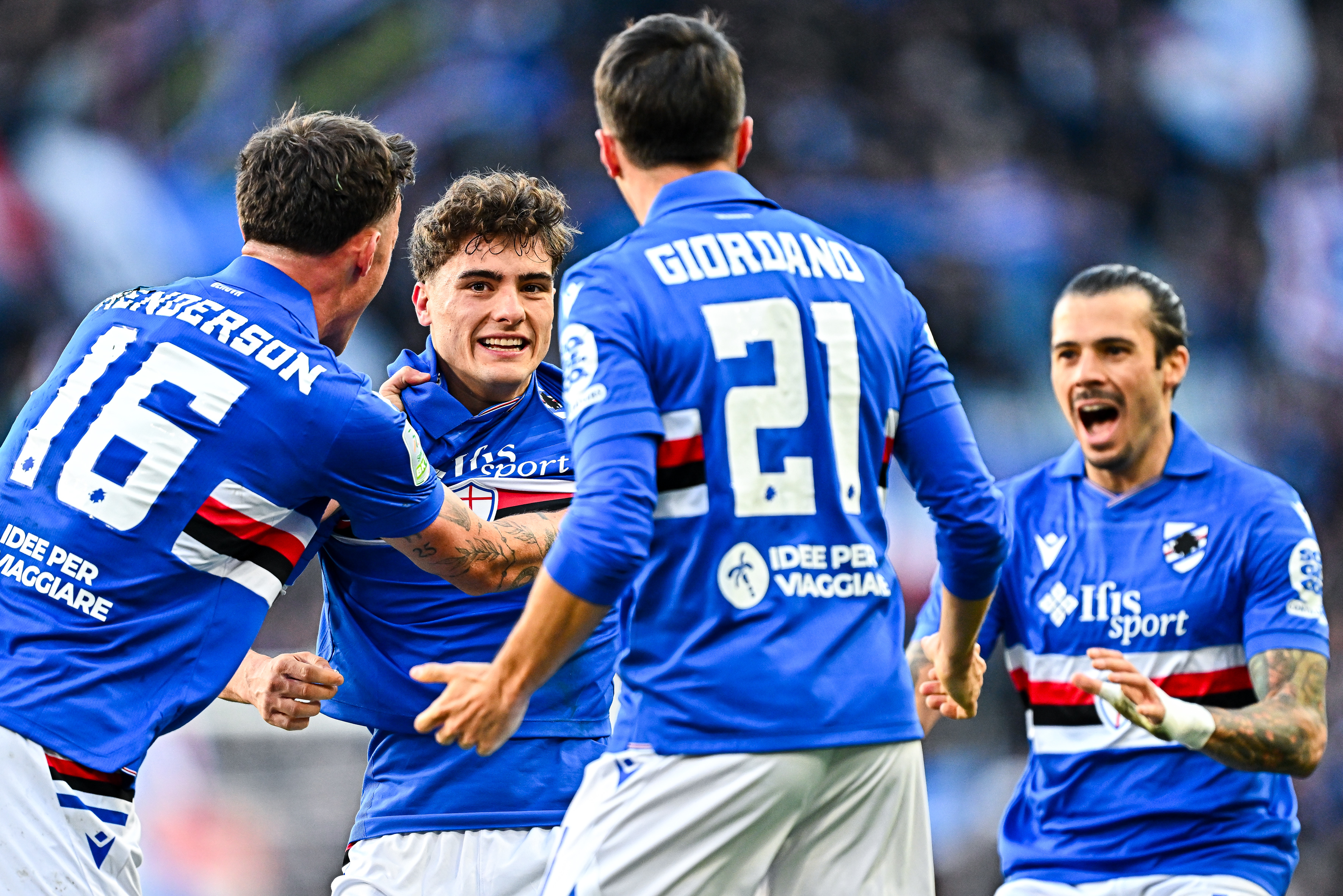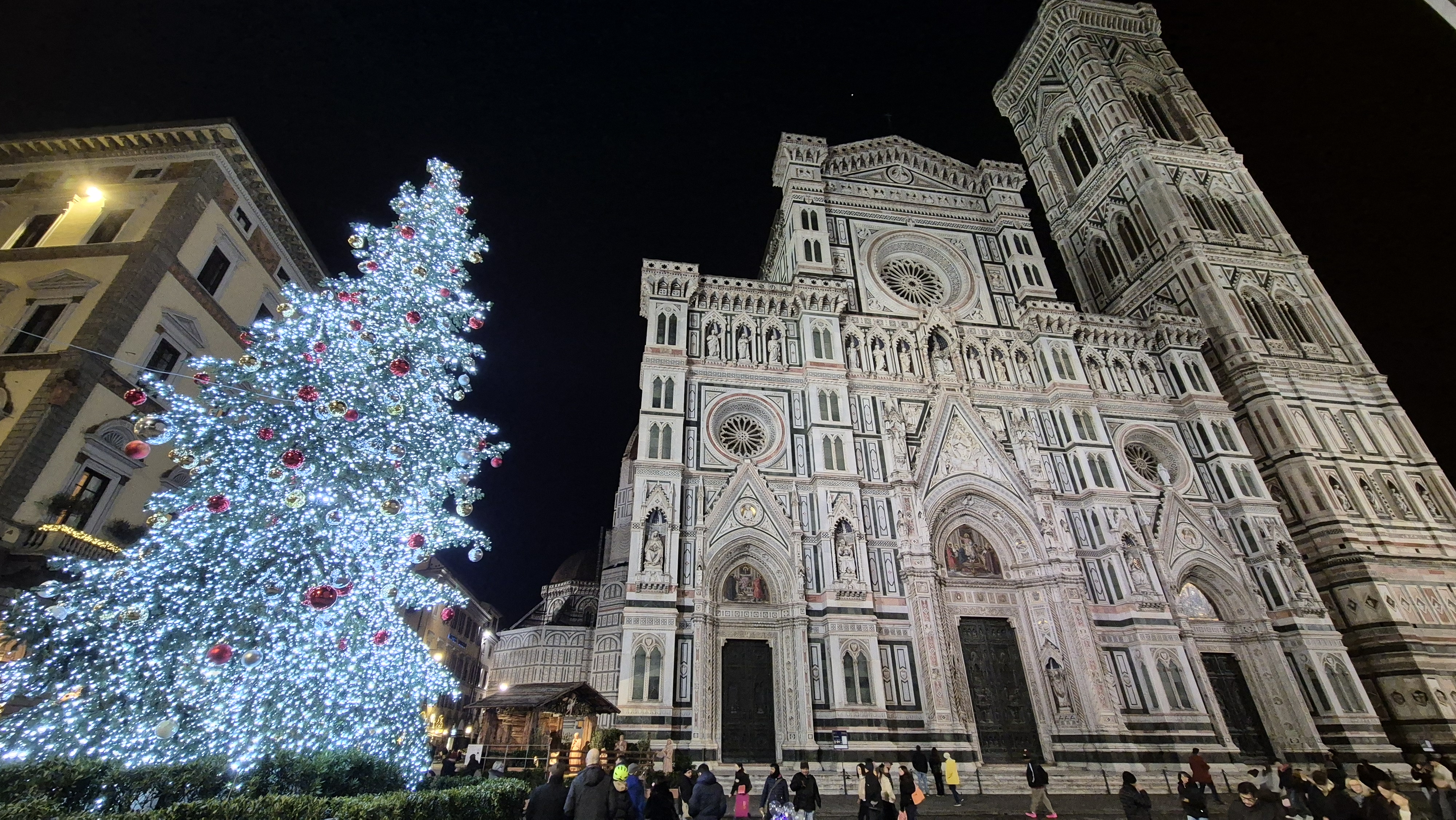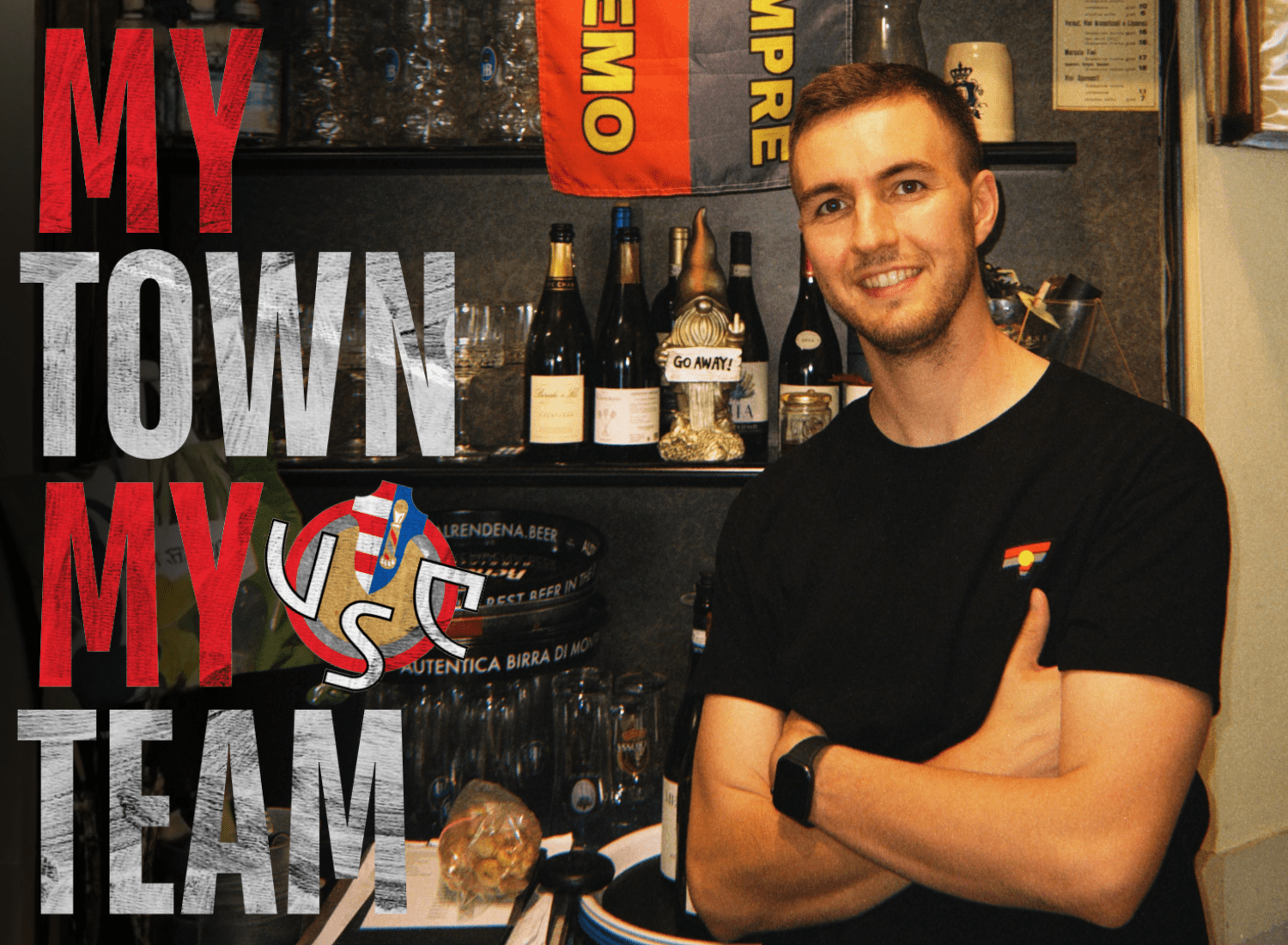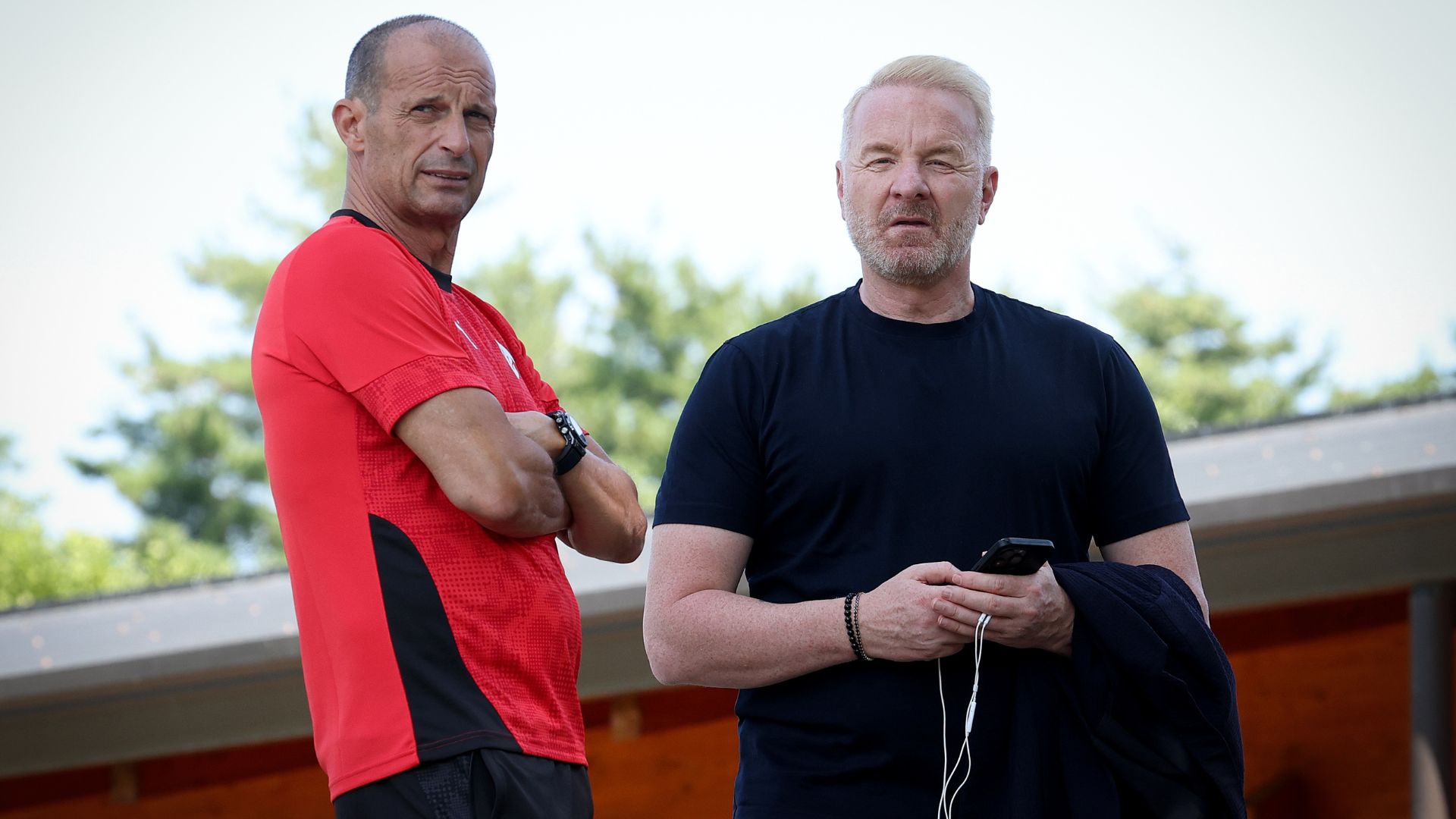
Why the Igli Tare Approach Could be About to Transform AC Milan
By Dan Cancian
Such has been the volume of departures from AC Milan this summer that one could have set up a store at Milanello selling goodbye cards and enjoyed a roaring trade.
Less than a month into his second spell at the San Siro, Massimiliano Allegri waved goodbye to Tijjani Reijnders, who joined Manchester City in a £46million deal.
Theo Hernandez followed suit, Al-Hilal’s riches proving too tempting for the full-back, while Pierre Kalulu made his move to Juventus permanent. There was a time, as recently as two months ago, when it seemed reasonable to wonder whether Allegri would have enough players to sit on the bench alongside him for Milan’s Serie A opener against Cremonese.
But since Igli Tare’s appointment in June, departures have been viewed through a different lens. Players are no longer leaving a failing project behind, they are being moved on to allow the Albanian to recruit the signings Allegri has demanded.
More importantly, as far as Milan are concerned, they are being moved on for significant sums.
Malick Thiaw joined Newcastle for £30m and Noah Okafor moved to Leeds for a fee which could hit £18m, while Emerson Royal was offloaded to Flamengo for almost £8m and Marco Pellegrino moved to Boca Juniors for £3m.
Yacine Adli could follow suit, as he is expected to sign for Al Shabab before the Saudi transfer window shuts.
All told, according to figures from Transfermarkt, Milan have raised £146m in player sales this summer, the most of any club in Serie A and the fifth-highest amount of any club in Europe’s top five leagues behind Bayer Leverkusen with £199m, Bournemouth (£202m) and Liverpool (£228m). Chelsea recouped an astonishing £314m, further proof that playing your own footballing version of Monopoly can be a very profitable business indeed.
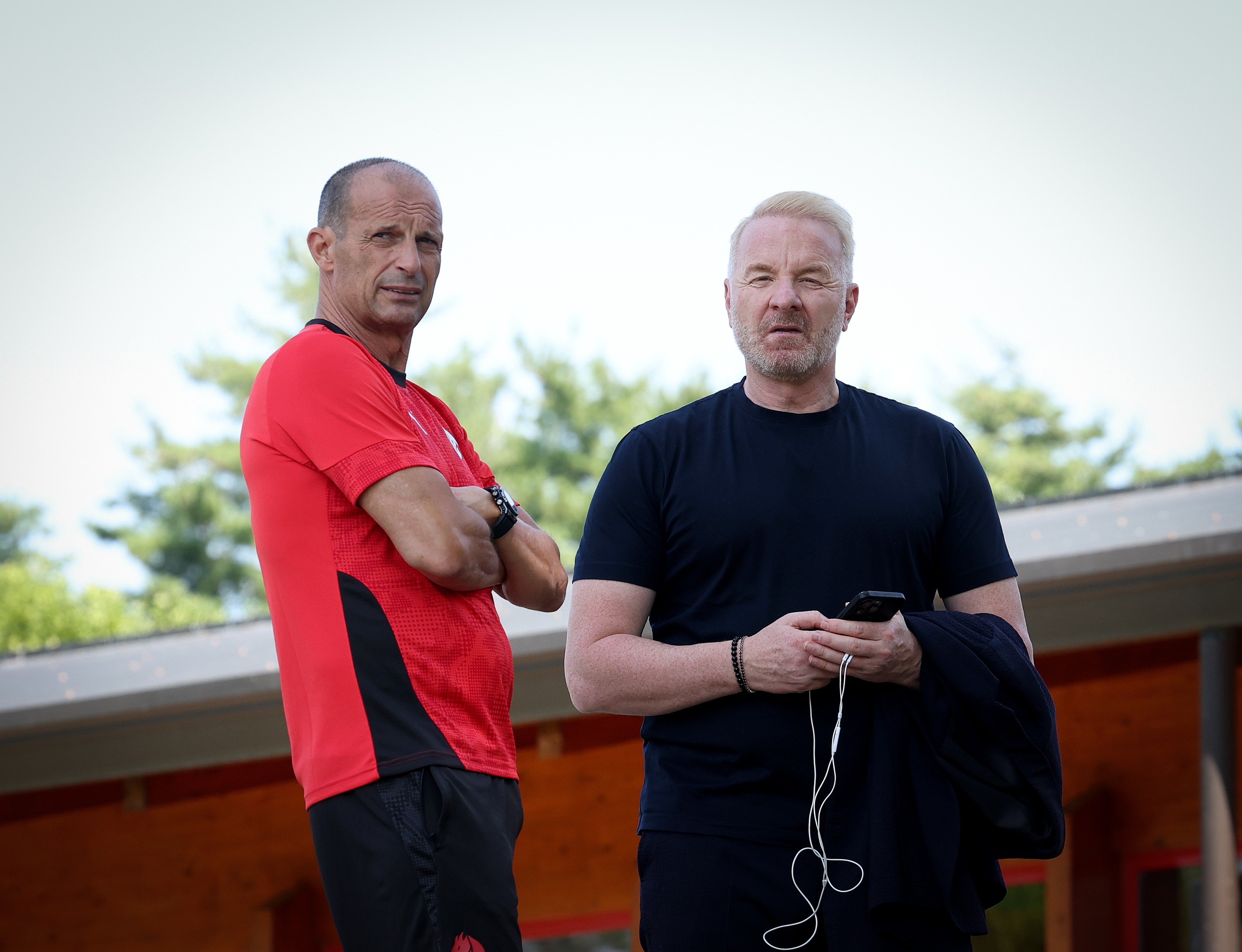
Additionally, Kyle Walker, Tammy Abraham, Riccardo Sottil and Joao Felix were all returned to their senders after loans expired, while Luka Jovic, Davide Calabria and Marko Lazetic were released.
Warren Bondo and Filippo Terracciano were loaned to Cremonese, while Marco Sportiello and Yunus Musah joined Atalanta until the end of the season and Tommaso Pobega and Alex Jimenez were shipped out on the same terms to Bologna and Bournemouth respectively.
Samuel Chukwueze is at Fulham on loan while Alvaro Morata (Como), Lorenzo Colombo (Genoa) and Ismael Bennacer (Dinamo Zagreb) were all shipped out on a temporary basis.
Seventeen-year-olds Francesco Camarda and Christian Comotto, meanwhile, were loaned out to Lecce and Spezia respectively to get minutes under their belts.
If Milan were to look in the mirror today, they would struggle to recognise themselves. Of the 35 players who featured at some point last season, 24 have been moved on.
Mike Maignan, Matteo Gabbia, Rafael Leao, Christian Pulisic, Ruben Loftus-Cheek, Youssouf Fofana, Fikayo Tomori, Strahinja Pavlovic and Santi Gimenez are the only survivors, along with the youngsters Lorenzo Torriani and Davide Bartesaghi.
Allegri’s Milan will look very different to the teams of Paulo Fonseca and Sergio Conceicao, in identity as much as personnel.
Of course, change seldom comes without challenges and replacing the likes of Reijnders and Hernandez will not be straightforward.
A £40m transfer fee may please the bean counters, and there are plenty in RedBird’s offices, but it is not a substitute for the Dutchman, Milan’s standout performer last season when he scored 10 goals in Serie A.
Hernandez, for all his flaws, was a key figure for the Rossoneri since joining from Real Madrid six years ago. The France international’s form may have dipped last season, but replacing 34 goals and 45 assists across 262 appearances in all competitions is easier said than done.
There is a wider conversation to be had about whether a club of Milan’s stature and pedigree should be happy to lose some of its best players, but the financial playing field is so tilted towards the Premier League that even seven-time European Cup winners have to make ends meet.
The days of Silvio Berlusconi bankrolling the Rossoneri to sign any player in the Ballon d’Or top 10 they did not already own are long gone. If selling must come before buying now, then so be it.
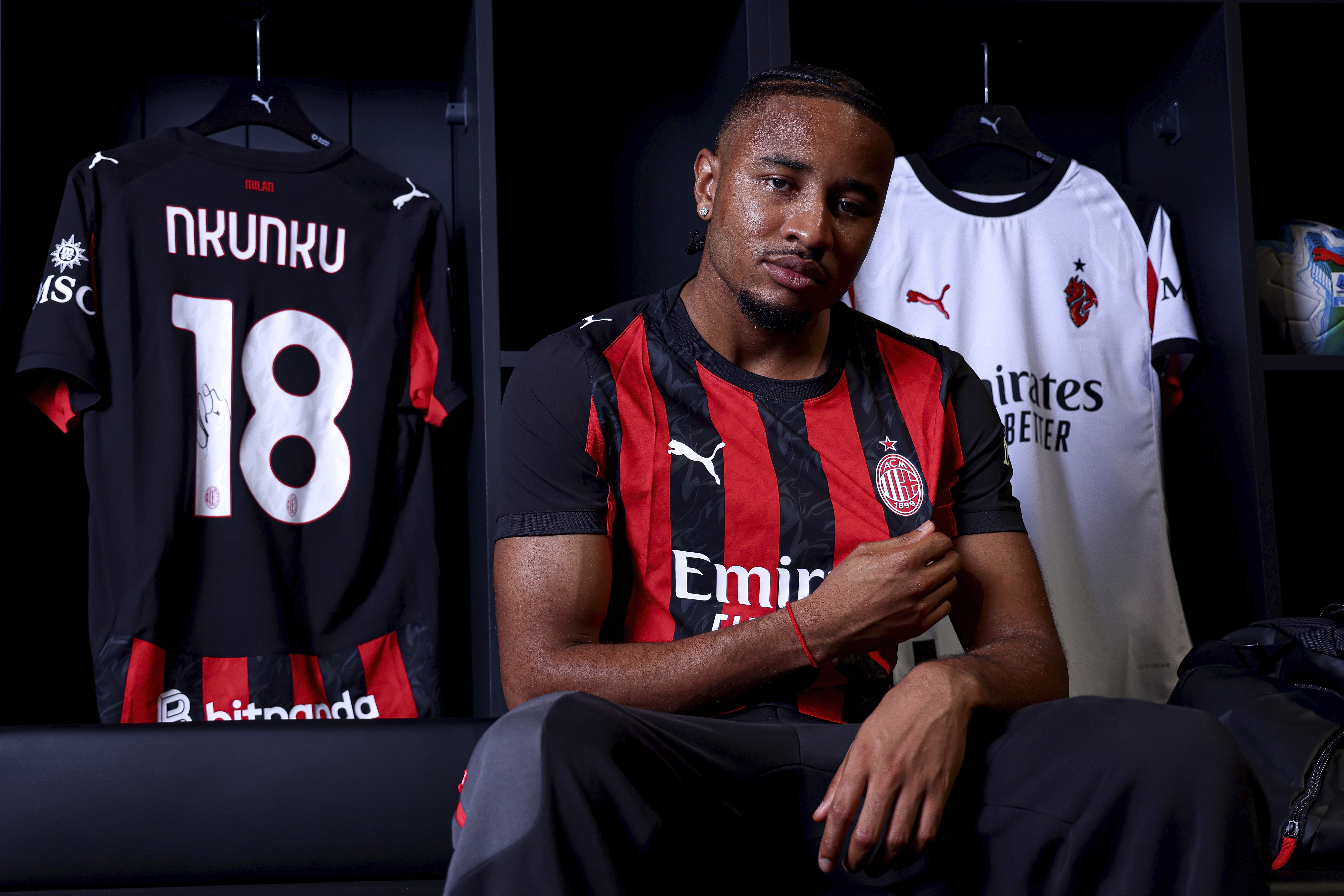
Since taking over from Elliott Management in the weeks following the last Scudetto win in 2022, RedBird have made balance sheets the priority at the San Siro.
The American investment firm can rightly point out that their approach to spending has allowed Milan to balance the books. The club posted marginal profits in the last two years, with 2023 being the first time they had been in the black for 17 years.
But their thriftiness has been interpreted as a lack of ambition, a legitimate criticism after a season that saw Milan finish eighth in Serie A, 19 points adrift of champions Napoli and out of the European spots.
The dynamic changed in the first summer under Tare, with the Rossoneri spending £140m on signings, the most of any club in Serie A.
After not breaking the £25m barrier on signings in three years since taking over, RedBird have now done it three times in the past eight months, with the arrivals of Christopher Nkunku (£32m) and Ardon Jashari (£31m) following the £25.5m fee plus bonuses paid to Feyenoord in January for Gimenez.
Upon his appointment, Tare had promised to overhaul the squad and lived up to his word. If Allegri can deliver on the pitch, Milan may soon celebrate trophies again rather than quarterly profits.
Related Articles
Related Articles
The Serie B season reaches halfway when the action returns after the winter break, with more live matches to look forward to on DCTV.
Florence is a dream destination year-round, but visiting during the winter months offers a completely different and magical experience.
We get a local take on what's hot in Cremona - where to eat and drink, sights to see and handy hints that might not be in the tourist guides.


